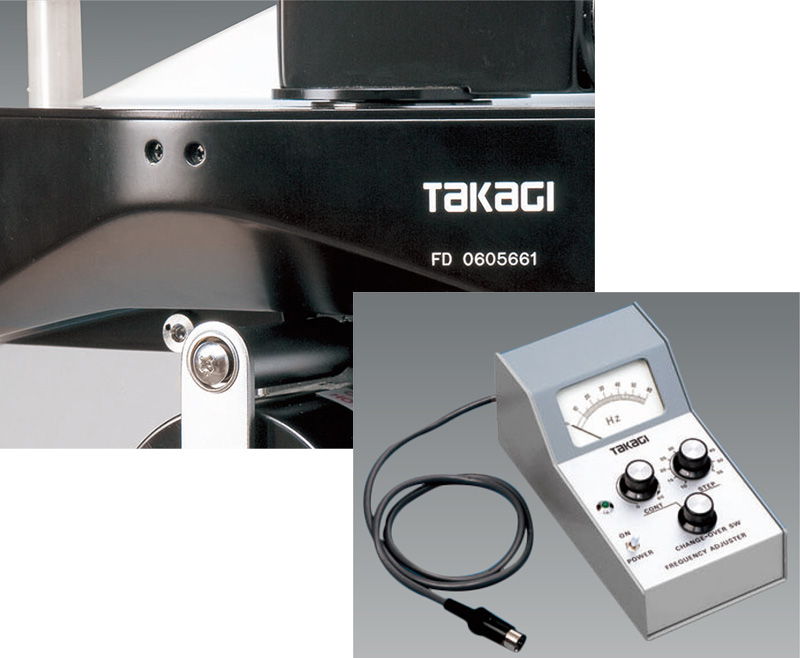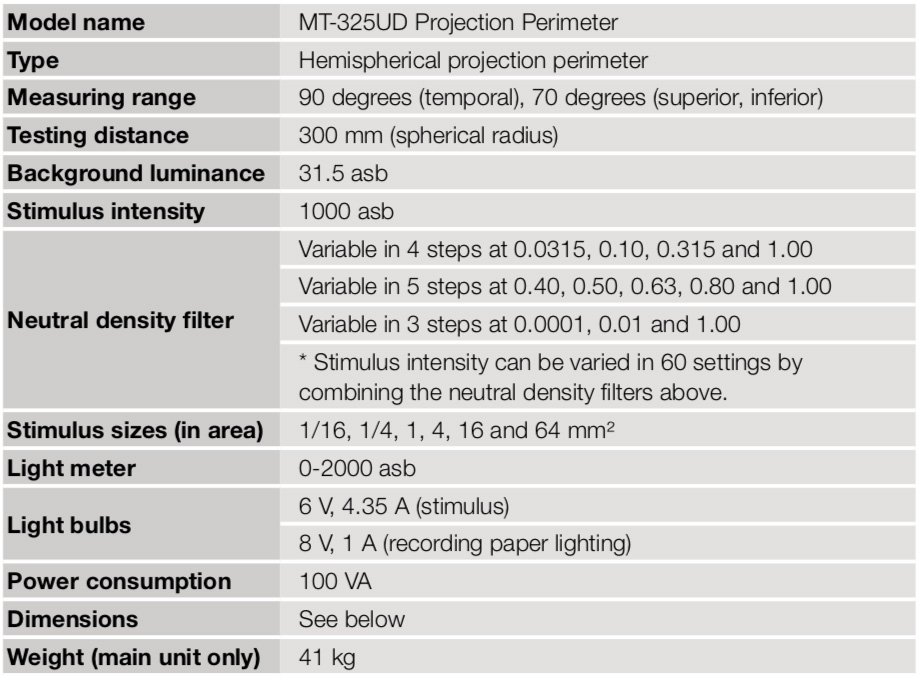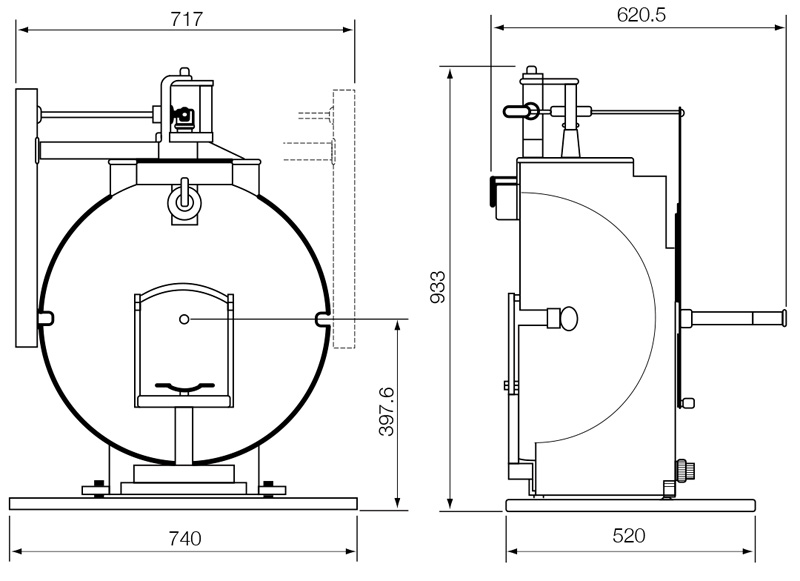MT-325UD is exceptional in detecting and assessing a wide range of glaucoma from early to advanced stages. It can also be used to perform kinetic quantitative perimetry in middle-stage glaucoma, where peripheral visual field defects start to appear, as well as in advanced glaucoma. This provides an articulate assessment of a patient’s visual field.
With MT-325UD, the test stimulus can be moved smoothly to a given position during the examination.
Unlike with the automated versions where testing progresses automatically, manual perimetry allows the examiner to communicate with the examinee during the testing process. This will ease the pressure or fatigue the examinee may feel, facilitating more successful test results.
One of the crucial parameters in perimetry is precision in the stimulus intensity. As MT-325UD has a light meter built in, the intensity of the stimulus can easily be checked at anytime. Being illuminated, the light meter on MT-325UD can be read clearly even in a dark room.

Highly-sensitive Flicker Perimetry Attachment
Flickering stimuli make it possible to detect early- stage disorders in the third-order neurons such as optic neuropathy. The flicker frequency is variable between 10 and 60Hz.

